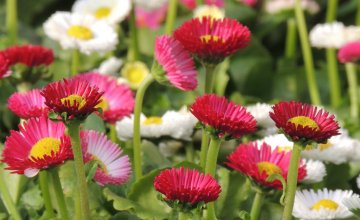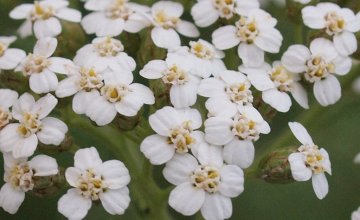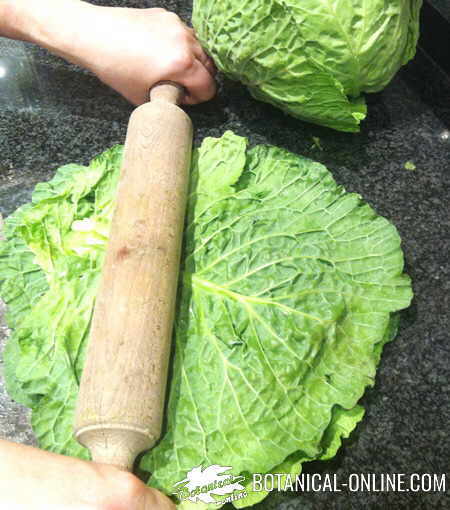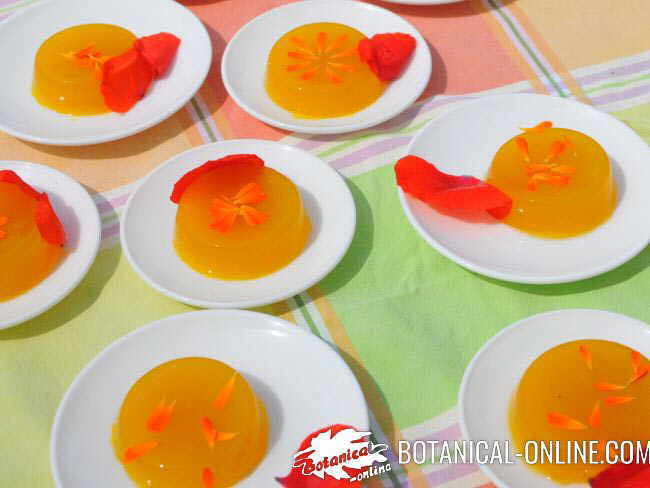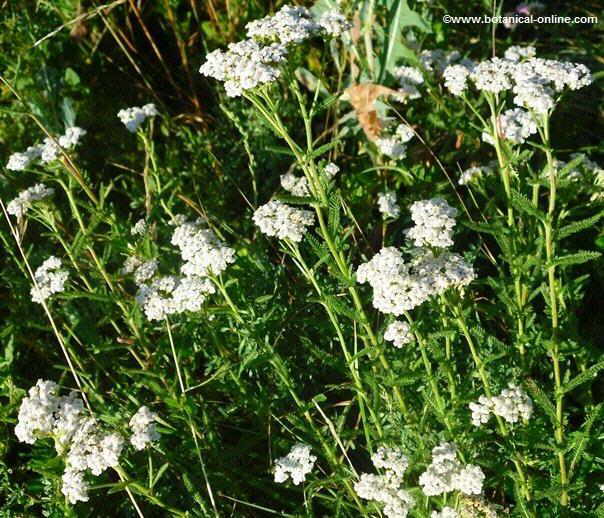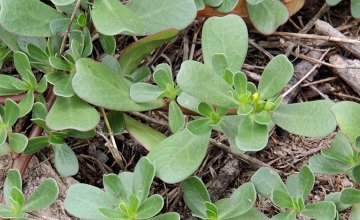Performing air layering
After having soaked the sphagnum moss the night before, take an amount that broadly covers the two wide-open hands and distribute it tightly around the branch with the cut made previously as the center of the branch.
– Once the branch is surrounded by the well-packed mass of sphagnum moss, it is covered with a black plastic and held at both ends, turning it around each with insulating tape. For the assembly to be well waterproofed, it is important that the insulating tape wraps the ends of the plastic well and holds part of the branch in contact with them. The plastic allows the assembly to stay moist and keep out light. This type of coverage is important for those plants that find it more difficult to take root.
Other times what is done is to use a transparent plastic to surround the sphagnum moss and then cover it with newspaper or aluminum foil. There are even plastic devices on the market especially suitable for this task. These devices are provided with a container to store water and have the appropriate system to open and see how the roots develop. If you do not have this water reserve system, the interior should be moistened every 15 days, during the first two months. For this, water can be injected with a syringe without having to open the package.
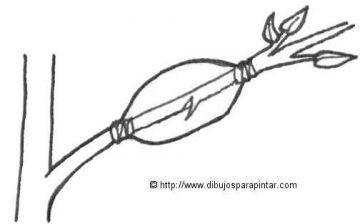
If it is opaque black plastic, newspaper or special device, the package should be opened after 60 days to check for root formation. After this period, the development will be checked every two weeks, being ready when the roots wrap the sphagnum moss well.
- During the vegetative period the roots will be produced little by little. Normally, root formation takes place between 2 and 4 months, although there are species of plants that cost more. Many fruit trees produce enough roots in late summer. Some plants like azaleas, magnolias or holly take up to a year.
- Air layer separation: In general, after the summer latency period, the air layer separation will be carried out. To do this, first the end of the chosen branch will be pruned so that it has the same length as it was at the beginning of the layering. Subsequently, using a clean and well-sharpened pruning shear, the branch will be cut and separated from the stem. The plastic or newspaper sheets will be removed and the moss will puff up.
- Once separated, it should be planted in a pot with soil for cuttings. (made with equal parts of peat and coarse sand) The layer will be placed inside and the roots will be covered well with compost so that it supports them well but is not too tight to allow the sphagnum moss and the roots to breathe. Finally, the pot will be kept in a lighted place, sheltered and protected from the sun, so that the rooting takes place properly.
![]() More information on fruit trees
More information on fruit trees

